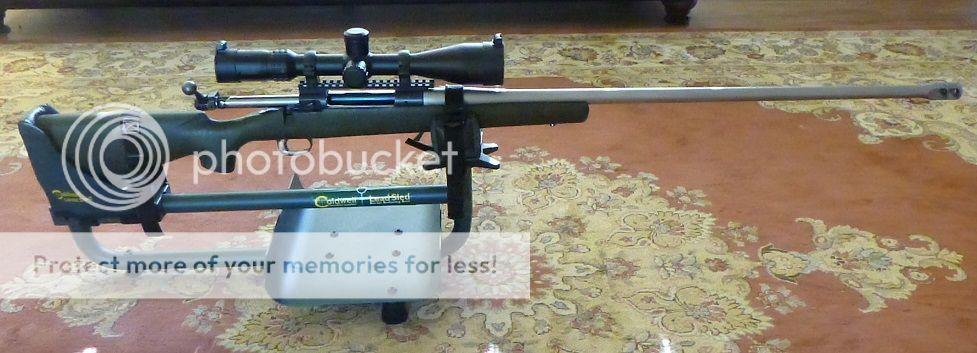DUNEZRUNNER
Active Member
- Joined
- Jun 10, 2013
- Messages
- 32
What is the opinion of using a Lead Sled rest for working up a load? I have read that they are great, limiting human error, and then they suck and create inconsistencies. I am working up a load for a 6mm Remington and a 338-378 Weatherby.
Today at 200 yards I shot groups with both guns that were less than 1" vertical, but 4" to 6" horizontal spread. I came home and researched what could cause this horizontal stringing and repeatedly found that shooting technique would cause this. I am using a lead sled as a rest and trying to be as consistent as possible, but could this rest be causing more problems than it is fixing?
Any help and insight would be appreciated.
Thanks
Thomas
Today at 200 yards I shot groups with both guns that were less than 1" vertical, but 4" to 6" horizontal spread. I came home and researched what could cause this horizontal stringing and repeatedly found that shooting technique would cause this. I am using a lead sled as a rest and trying to be as consistent as possible, but could this rest be causing more problems than it is fixing?
Any help and insight would be appreciated.
Thanks
Thomas

